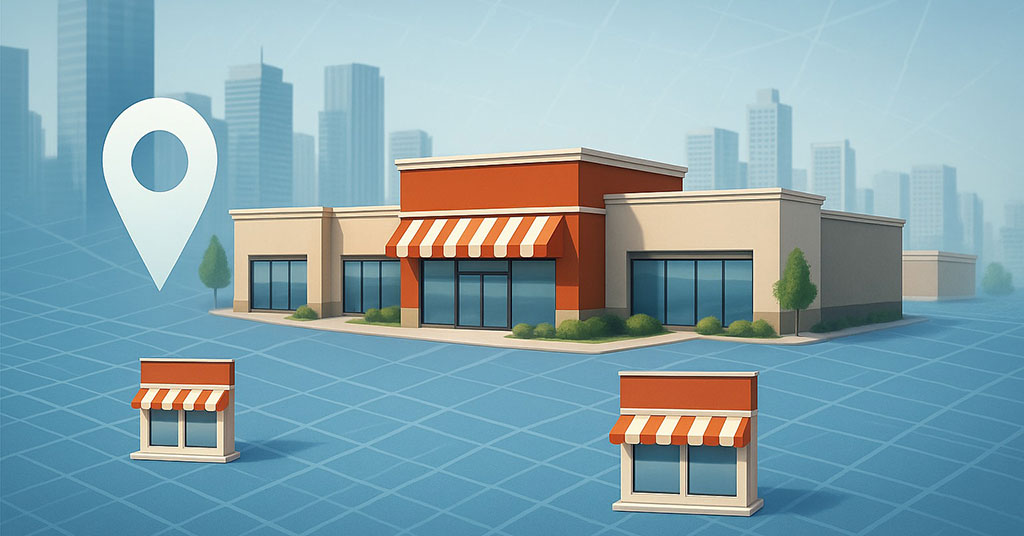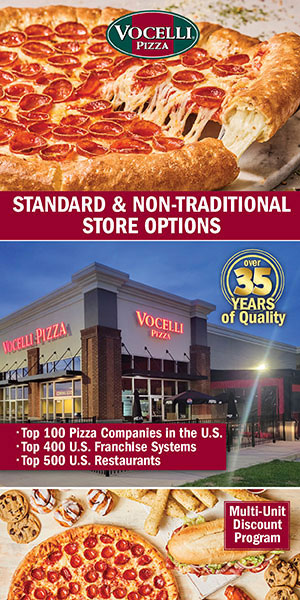Mastering Franchise Real Estate: Key Strategies for Successful Expansion

Expanding a franchise through commercial real estate is both a strategic and financial undertaking that requires careful planning, deep market analysis, and adaptability to economic and regulatory conditions. Success hinges on selecting optimal locations, understanding local market dynamics, and structuring deals that ensure long-term profitability and sustained growth.
Strategic site selection: The foundation of success
Site selection is one of the most critical decisions in franchise development. Savvy developers rely on demographic insights, economic data, and an understanding of the competitive landscape to make informed choices. Key considerations include evaluating foot and vehicle traffic, analyzing income levels, and assessing proximity to complementary businesses. Areas showing strong job growth and rising populations typically offer greater long-term potential.
In addition to market demand, navigating zoning regulations and permitting processes is essential to avoid costly delays. Today, many consumers are gravitating toward suburban retail centers that offer convenience and accessibility. Developers who respond to these shifts with well-placed, well-designed locations are positioned for long-term success.
Navigating multi-state expansion challenges
Scaling a franchise across multiple states introduces complexity-logistically, financially, and legally. Each state comes with its own tax codes, permitting requirements, and development standards. To address these challenges, developers must establish strong relationships with local officials early in the process. These partnerships can expedite zoning approvals and, in some cases, unlock financial incentives like tax abatements or grants.
Construction costs and timelines can vary widely by region. Partnering with regional contractors and suppliers helps manage labor and material expenses while ensuring local expertise. Additionally, consumer preferences often differ by geography. A suburban market in Texas may demand drive-thru service, while a walkable retail center may perform better in parts of California. Recognizing these nuances, and aligning design accordingly, is essential for successful expansion.
Financial considerations: Investment and incentives
Well-structured real estate deals are the foundation of sustainable franchise growth. One of the first financial decisions is whether to buy or lease the property. Ownership provides long-term control and equity, while leasing offers flexibility, especially in markets that are still evolving.
Beyond acquisition, developers must factor in total development costs, including construction, permitting, and operating expenses. Public-private partnerships and local incentives, such as tax credits or infrastructure grants, can significantly improve financial feasibility. It's also important to forecast revenue and calculate break-even timelines to ensure a project aligns with broader business goals. Balancing initial investment with long-term profitability is key to success.
Case study: Expanding into emerging markets
A recent franchise project in a fast-growing suburban corridor demonstrates how strategic planning leads to successful outcomes. Developers identified an underutilized retail parcel in an area with increasing population density and consumer spending. After a detailed feasibility study, they acquired a high-traffic site with strong visibility and accessibility.
Early collaboration with city officials helped secure permitting approvals and unlock financial incentives. The team developed a multi-tenant retail hub that brought several franchise brands together, driving greater foot traffic and creating a community-oriented destination. By adapting the site plan to meet local zoning requirements and integrating economic trends into their strategy, the developers ensured a smooth and profitable launch.
Key trends influencing franchise real estate
Several trends are currently shaping the franchise real estate landscape. The continued rise of suburban retail hubs is driven by shifts in where people live, work, and shop. Simultaneously, digital integration is influencing store formats, with many franchises incorporating online ordering, curbside pickup, and streamlined layouts.
Sustainability is also top-of-mind. Developers are increasingly investing in energy-efficient materials and systems to reduce operating costs and environmental impact. Meanwhile, inflation and rising interest rates are prompting more conservative investment strategies and tighter deal scrutiny, making data-driven decision-making more important than ever.
Best practices for franchise development
To thrive in today’s dynamic market, commercial real estate professionals should prioritize thorough market research and early stakeholder engagement. Collaborating with city officials and community organizations can speed up approvals and build goodwill. Investing in high-quality locations may require a larger upfront commitment, but it often results in stronger long-term returns.
Flexibility is also essential. A balanced mix of leased and owned properties provides agility across different markets and economic conditions. Developers who remain adaptive and informed are best positioned to navigate change and sustain growth.
Franchise real estate development demands a thoughtful blend of research, financial planning, and regulatory navigation. By focusing on site selection, cost management, and evolving trends, developers can build successful, future-ready franchise locations that thrive in today’s competitive market.
Akki Patel is the CEO of LRE & Companies.
Share this Feature
Recommended Reading:
| ADVERTISE | SPONSORED CONTENT |
FRANCHISE TOPICS
- Multi-Unit Franchising
- Get Started in Franchising
- Franchise Growth
- Franchise Operations
- Open New Units
- Franchise Leadership
- Franchise Marketing
- Technology
- Franchise Law
- Franchise Awards
- Franchise Rankings
- Franchise Trends
- Franchise Development
- Featured Franchise Stories
| ADVERTISE | SPONSORED CONTENT |








 The franchise listed above are not related to or endorsed by Franchise Update or Franchise Update Media Group. We are not engaged in, supporting, or endorsing any specific franchise, business opportunity, company or individual. No statement in this site is to be construed as a recommendation. We encourage prospective franchise buyers to perform extensive due diligence when considering a franchise opportunity.
The franchise listed above are not related to or endorsed by Franchise Update or Franchise Update Media Group. We are not engaged in, supporting, or endorsing any specific franchise, business opportunity, company or individual. No statement in this site is to be construed as a recommendation. We encourage prospective franchise buyers to perform extensive due diligence when considering a franchise opportunity.